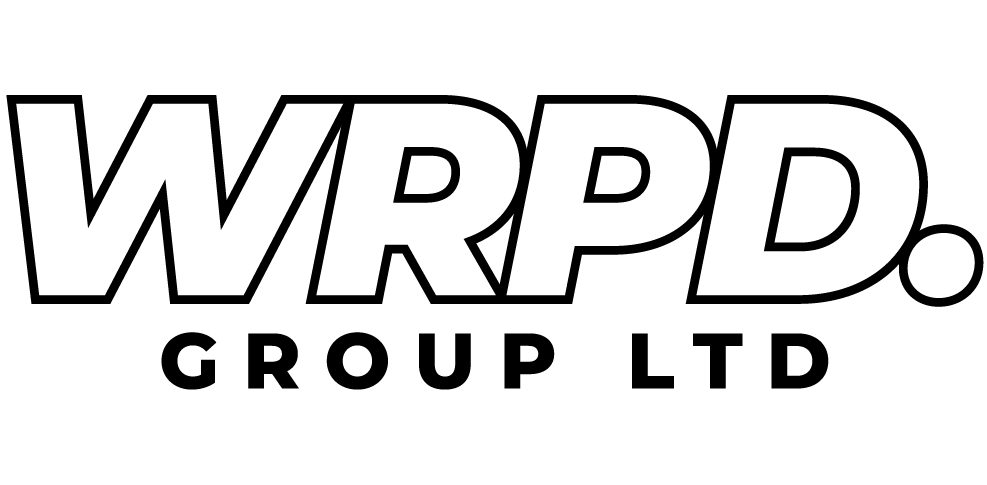Digitally Printed Vinyl Guide.
Vinyl printing is at the heart of our Print Services, and the Vehicle Wrapping Centre produces all kinds of vinyl prints for a wide range of applications – including many different types of vehicle, but also some other less obvious uses.
Our philosophy is that if it can be wrapped, we’ll wrap it, and we always relish the opportunity to work on custom vinyl printing for bespoke projects, especially if they’re unusual.
In this Ultimate Guide to Vinyl Printing, we’ll look at some less common uses for vinyl prints and some of the things you never knew about vinyl wrapping.
Introduction to digitally printed vinyl
First of all, let’s be clear about what we mean by vinyl printing. In this guide we mean any application that uses vinyl prints, signs or wraps to add text or graphics to a surface, whether that’s in black and white, full colour, or using a special vinyl such as a reflective print.
What is vinyl printing?
Vinyl printing is the process of taking a digital design, such as a sign or logo, and printing it on to vinyl ready for it to be used in the real world. Digital designs can be text or graphics, vector illustrations or high-resolution photographs – in many ways it’s just like printing on paper.
The difference is that vinyl printing uses special vinyl sheets and special hard-wearing inks to create a finished product suitable for outdoor exposure, without fading in the UV light of the sun, or suffering from water damage during heavy rain.
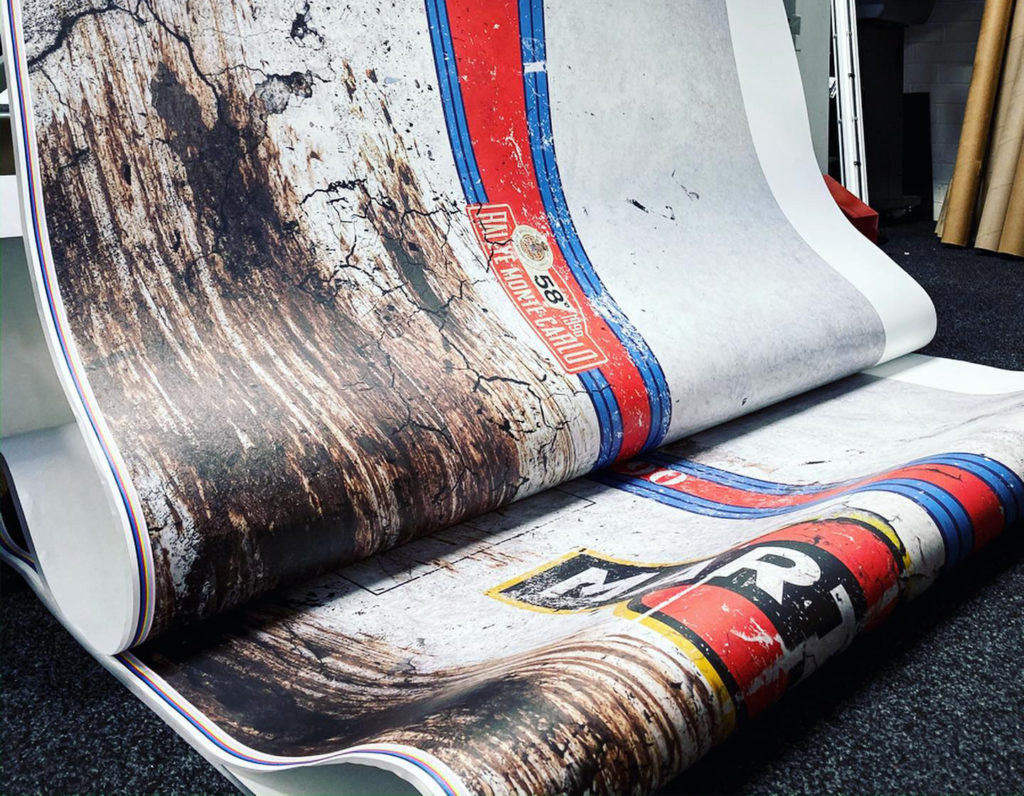
What are vinyl prints used for?
Vinyl prints have a huge range of applications, and often the only limit is your imagination. They can be used to cover a wall or floor, add full-colour graphics to the side of a ship or HGV, or totally transform the colour of a car.
Vinyl wall prints
Wall vinyl printing can be used as part of the architectural process or during interior design for refurbishments and refits. Printed wall wraps can add images to the wall surface for branding purposes, or to change the walls to your brand colours without the need for paint.
Architectural wraps can also disguise one surface as another, for example by adding convincing printed wood panelling and timber grain visuals to the wall.
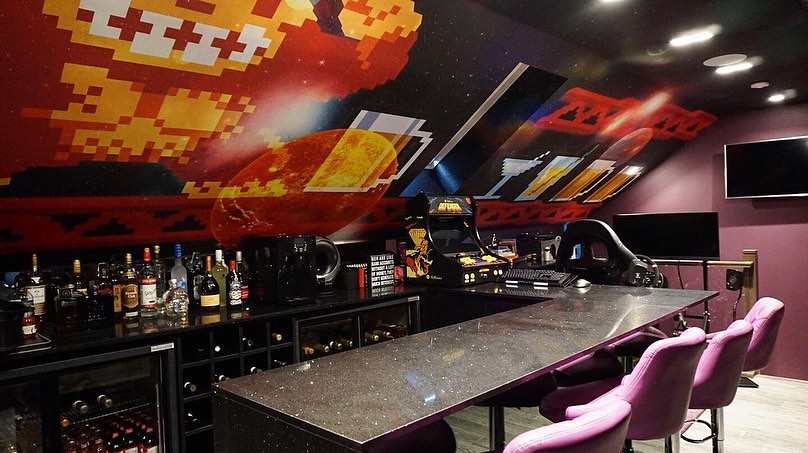
Vinyl floor graphics
Floor vinyl printing works in much the same way as vinyl wall prints. This time, instead of being applied to a vertical surface, the vinyl is adhered firmly to the floor.
Again, you can create an aesthetic effect such as wood floorboards, or provide safety information by printing walkways and no-go zones on the floor.
Vinyl floors are quite common in homes, especially in bathrooms and kitchens, but custom vinyl floor graphics allow you to take full advantage of the possibilities unleashed by vinyl printing.
Sign vinyl printing
Vinyl sign printing is a good way to create colourful and eye-catching signage very easily, as once again, your digital designs can simply be scaled up and printed directly on to sign vinyl using special inks suitable for the intended environment.
There are several different types of sign vinyl, which we’ll come on to below, and this gives you good control over the finished product, as well as allowing you to install signs in quite exposed locations that will still look great for a long time to come.
Types of printed vinyl wraps
Vinyl film manufacturers supply a vast catalogue of different materials for specific applications, including coloured vinyls and patterned vinyls, as well as blank vinyls for bespoke prints.
Here we’ve picked out five of the main types of printed vinyl wraps, which we’ll look at in turn to highlight some of the similarities and differences between the various materials and applications.
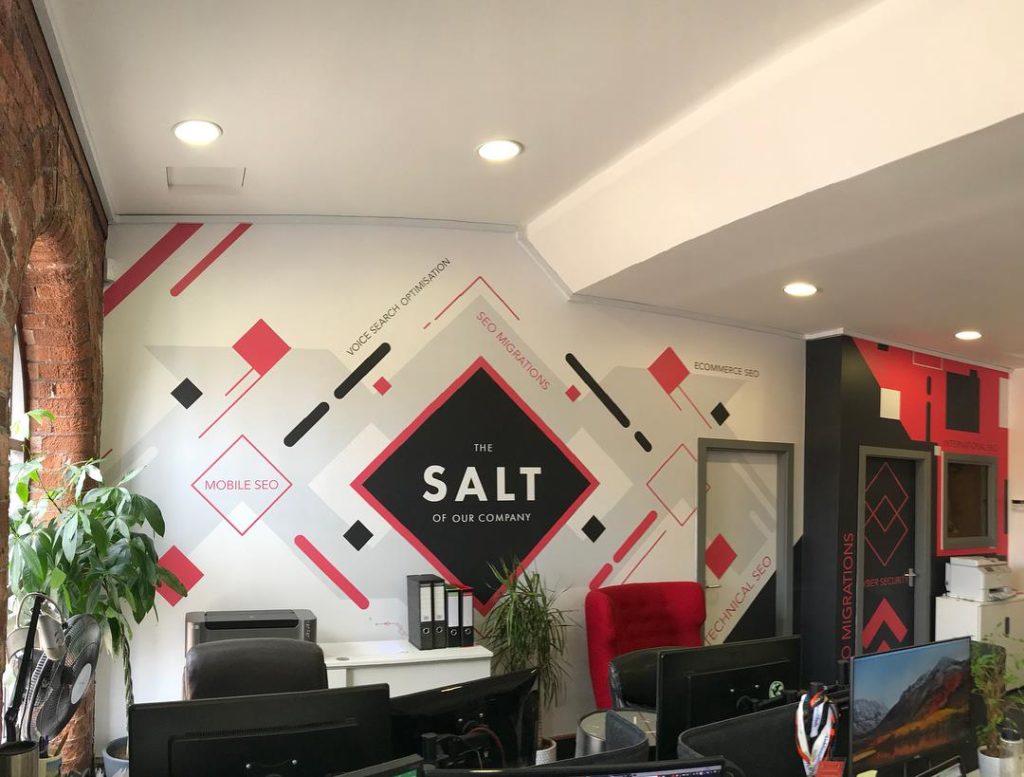
Self-adhesive vinyl
Self-adhesive vinyl does exactly what it says it will. On the front face, it’s ordinary vinyl, suitable for all the usual vinyl wrap printing processes and applications.
The big difference is on the rear, where self-adhesive vinyl is coated with a suitable glue so that it can be applied directly to the target surface.
In a sense, self-adhesive vinyl is a kind of sticky-back plastic just like you’d use in a craft project, but it’s manufactured to much higher standards ready for use outdoors or in hard-wearing indoor areas.
Vinyl prints for outdoor and indoor use
Different vinyl prints can be used in different settings. A good starting point is to decide whether your printed vinyl wrap will be installed outdoors or indoors.
In some cases this is a matter of personal preference. For example, perforated window wraps are a way to add branding to your front windows, improve privacy for occupants, yet still allow those inside the building to see out.
You could choose to place them on the outside of your windows, or on the inside where they are visible through the glass – and that decision could ultimately effect the choice of the best type of vinyl for the job.
Digital vinyl prints
Digital vinyl prints are used for a broad range of applications and can produce very high standards from even quite simple digital designs.
Your files are taken, converted into the correct format for printing, and then rendered in full colour, often in a very large format for signage or wall coverings.
Digital vinyl prints can be used for signs, wrapping vehicles and other 3D objects, architectural wraps like walls and floors, or shape-cut for specific applications.
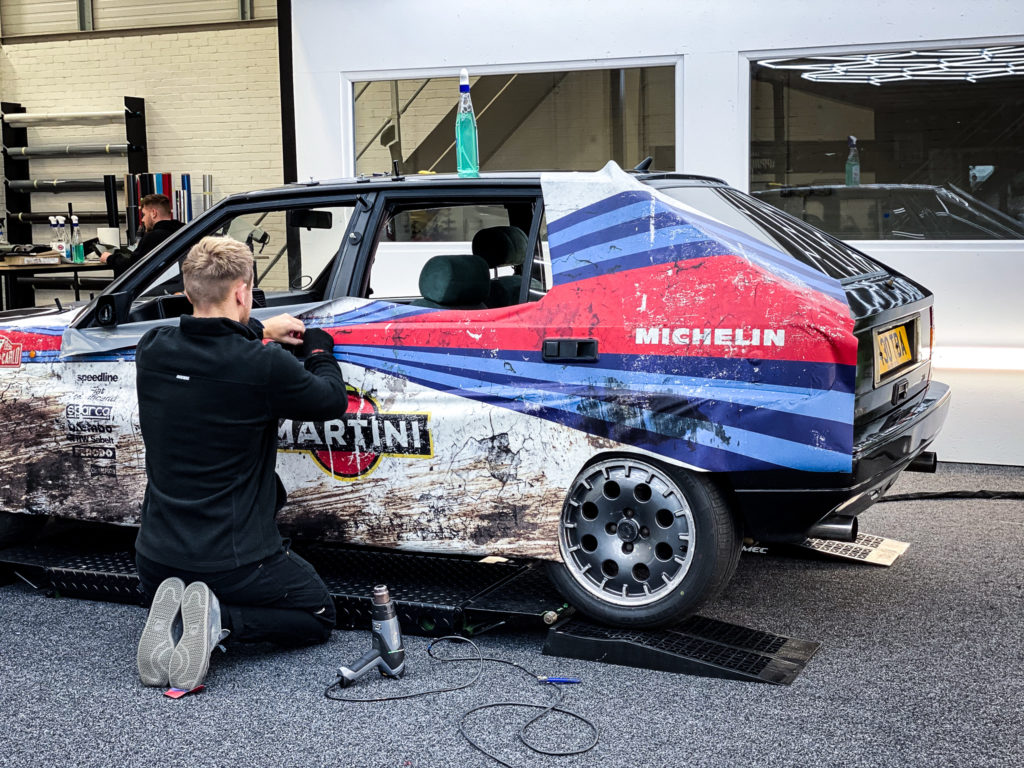
Calendered vinyl prints
Calendered vinyl prints are produced by rolling molten vinyl into a flat shape using a calender – a heavy roller that has nothing to do with the calendar you use to tell the date.
It’s pressed and stretched to create a sheet, and unlike cast vinyl (see below) this leaves it quite stiff and suitable for a limited range of applications.
The good news is that the production process is easy, and that means it’s also quite cheap, so if calendered vinyl prints are fit for purpose, they’re a good way to save money.
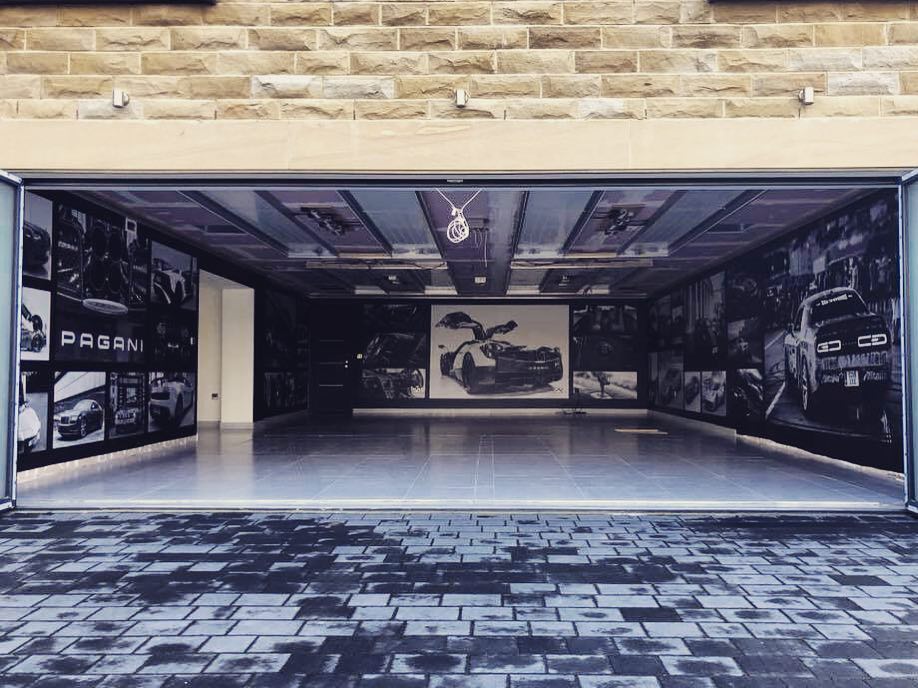
Cast vinyl prints
Cast vinyl is produced by pouring liquid vinyl on to a flat surface or into a shaped mould, where it cools and solidifies.
This is then heated for a second time, which tempers and cures the vinyl to create a hard-wearing, flexible and slightly elastic finished product.
In general, cast vinyl prints last about twice as long as calendered vinyl prints, and the flexibility and elasticity make it a good material for vehicle wrapping.
However, there is a trade-off in terms of cost, as the more complex manufacturing process means cast vinyl prints will typically cost extra.
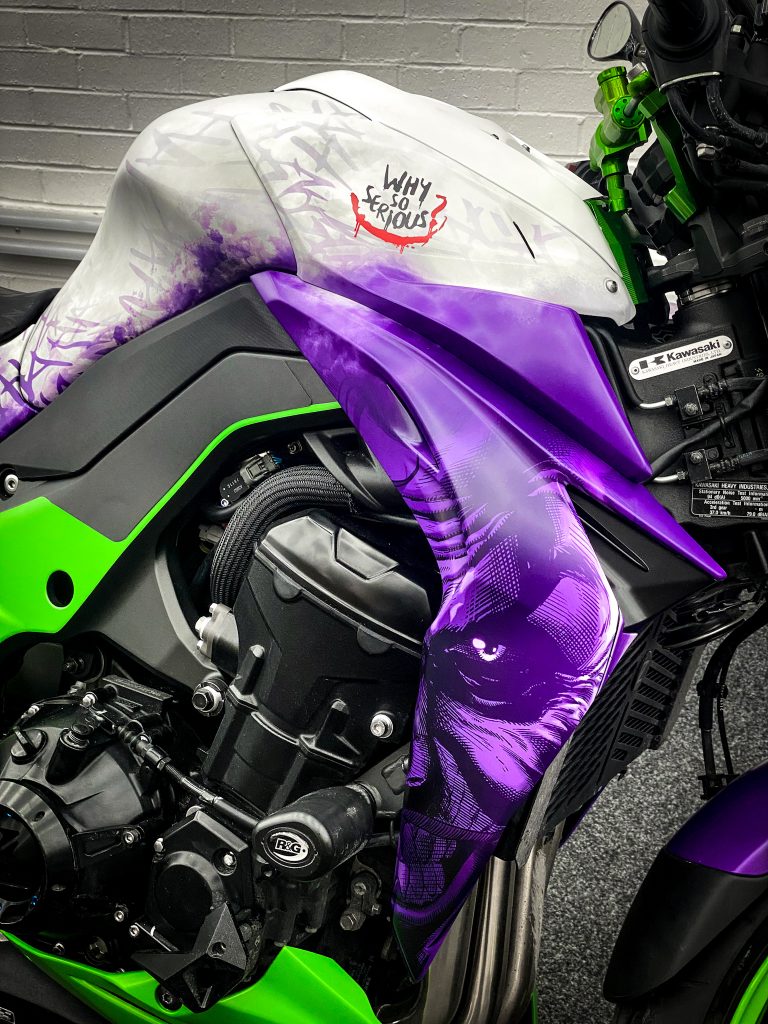
What are the benefits of vinyl prints?
Vinyl prints have several major benefits over alternatives like painting, flocking, dip coating and signwriting by hand. Here are just a few of the biggest advantages of vinyl printing.
Is vinyl printing cost-effective?
Despite the modern performance materials and high-quality production techniques involved in vinyl printing, it’s relatively cost-effective, both in its own right and when compared to the alternatives.
There’s very little waste material, and the printing process only uses as much ink as necessary, all of which helps to keep production costs down.
At the VWC we can print and install vinyl wraps, so you don’t need to pay a separate installer once your vinyl wrap is printed.
Are vinyl prints durable?
Vinyl is long-lasting and crucially, maintains its vibrancy over most of its usable lifespan. When it eventually does start to fade or picks up any direct physical damage, it’s easy to replace at relatively low cost – you can even replace a single panel or section of a larger print.
Maintenance is simple, as the vinyls used in printing are designed to be washed down easily, and compatible with common vehicle waxes and many other polishes (we can make recommendations on this if needed).
When you no longer want the vinyl print in place, it can be removed, usually with no damage to the surface underneath – allowing original colours, signage or blank surfaces to be restored quickly at next to no cost.
Vinyl prints for advertising purposes
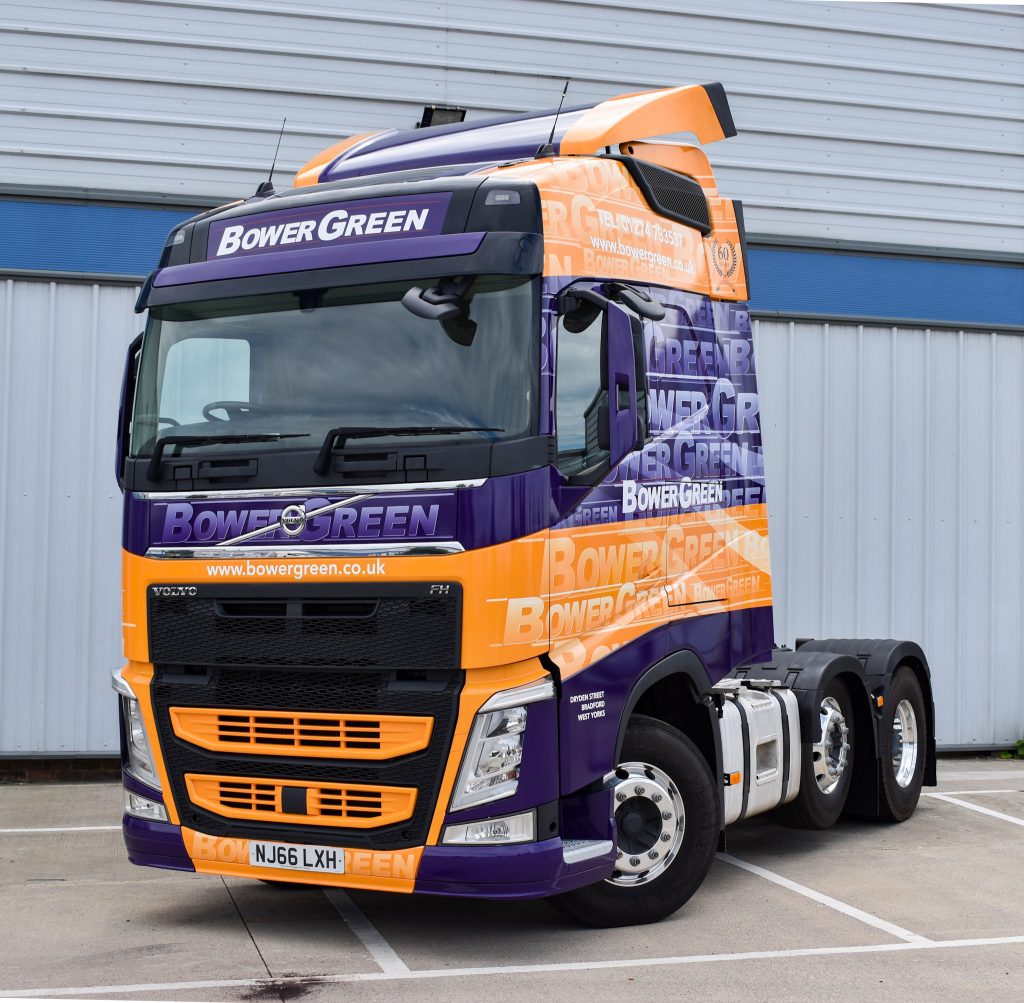
Eye-catching vinyl prints are excellent for advertising applications. They offer high contrast in very large formats, and can be applied to all kinds of signs and surfaces.
You can add vinyl prints to vehicles, buildings, flat surfaces and 3D objects, so almost anything can be turned into an advert – even your van can become a mobile billboard to promote your services wherever you go.
Custom vinyl printing
Last but by no means least, custom vinyl printing unlocks huge creative opportunities if you want to make an impact – we can print almost any design and digital vinyl printing ensures an authentic reproduction of the original file.
This means artists’ sketches, photographs and even kids’ drawings can be rendered in large-scale, full colour, and used on signs, building exteriors and HGV panels to put across the unique personality of the owner, whether for personal or business use.
If you have an unusual idea that you think could be achieved through bespoke vinyl printing, we want to hear about it, so we can help to make your vision come true.
